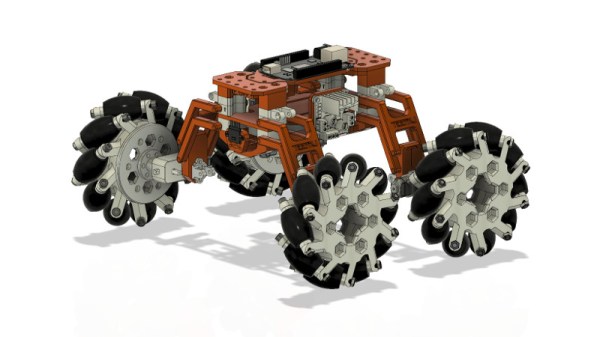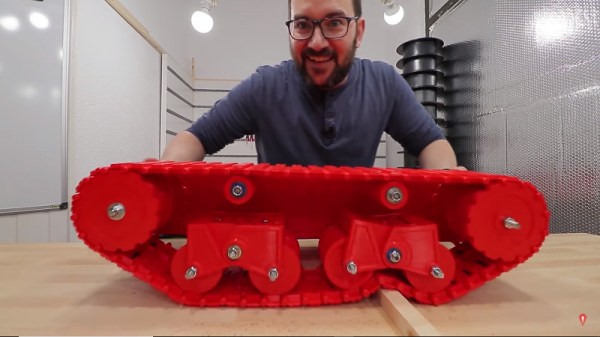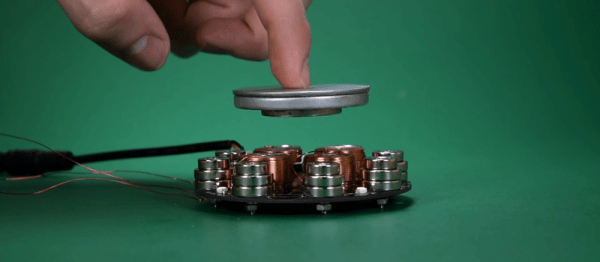As a budding automotive enthusiast, you finally took the plunge and scored yourself a sweet project car. After going through it from top to toe, you’ve done your basic maintenance and it’s now running like a top. Now you’re getting comfortable, you’ve set your sights on turning your humble ride into a corner carving machine. Here’s a guide to get yourself started.
It’s All About Grip
When it comes to creating a handling monster, the aim is to create a car that sticks to the road like glue, and is controllable when it does break loose. Having a car that handles predictably at the limit is a big help when you’re pushing hard on track, particularly for an inexperienced driver. And, whether you’re hitting the canyons on the weekend or trying to slash your laptimes, it’s always nice to have more grip. Through selecting the right parts and getting the set up right, it’s possible to hone your car’s cornering ability to make it a rewarding experience to drive fast and hard. Continue reading “How To Get Into Cars: Handling Mods”


















